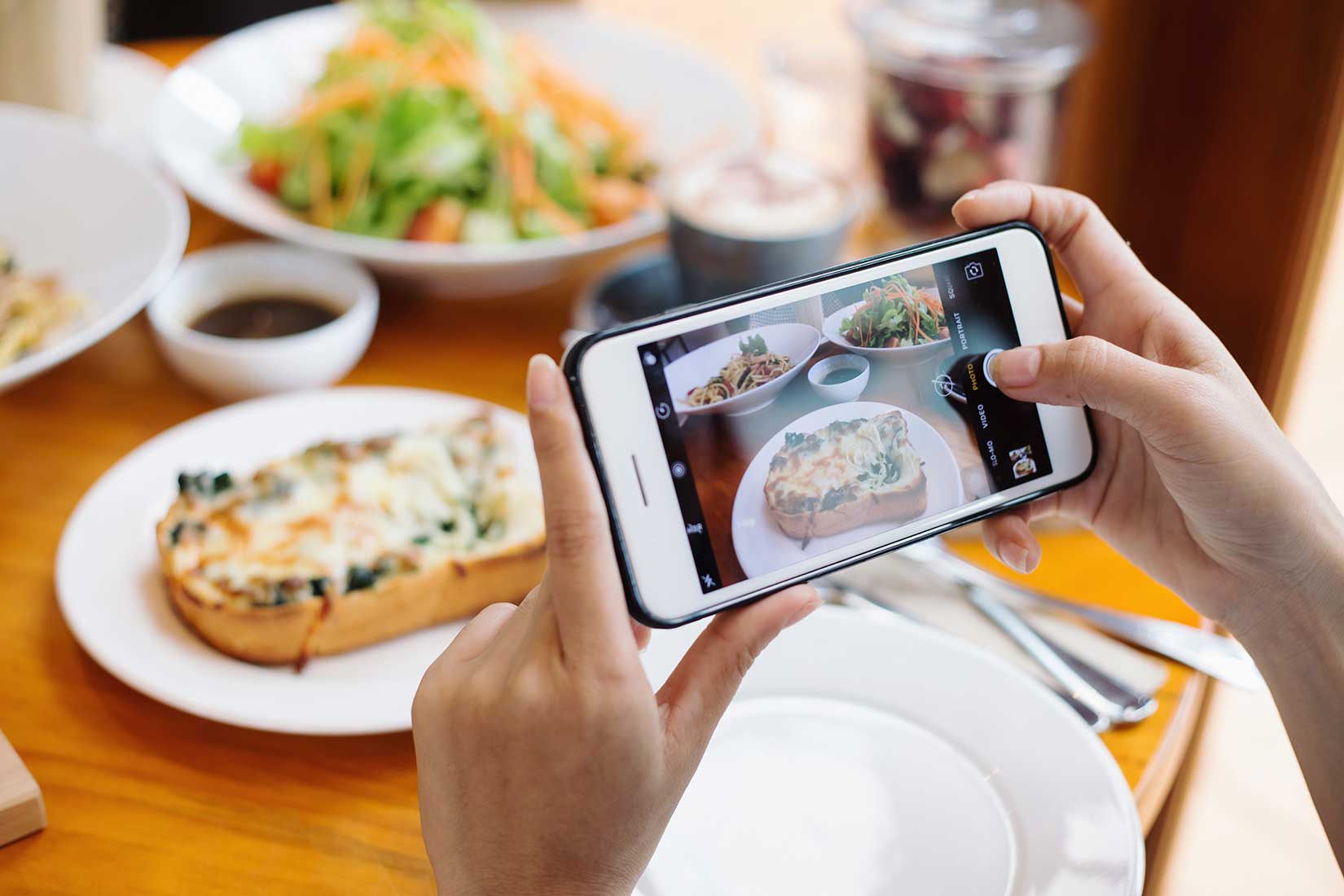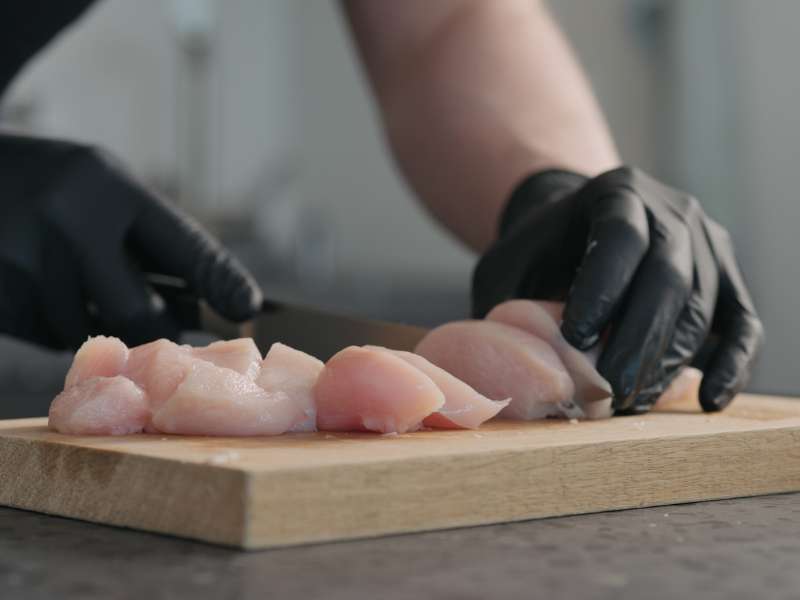The term SEO, meaning Search Engine Optimization, can be intimidating and confusing for people who aren’t particularly tech savvy, but when you unpack what the term really means, it’s all about improving your digital reach and making your restaurant easier to find. SEO means that search engines can find your website and can provide web users with the most accurate, timely information about your business.
Take a look at these statistics:
- 30.2% of people fire up a specific app and search from there
- 6.0% search for some variation on: “best restaurants in INSERT CITY”
- 17.7% search for a TYPE of restaurant — Italian, BBQ, etc.
- 10.4% say they would search in an entirely different manner
- 7.3% search for a restaurant BY NAME from within a map app
- 5.2% search for a restaurant BY NAME using Siri or Google Now
- 2.1% search for a restaurant BY NAME using their phone’s browser
(Source: Next Restaurants)
- 43% of all Google searches are local or location-based (and growing)
- Over 50% of mobile searches are local or location-based (and growing)
- As referenced in a recent survey of 11 restaurant clients, you can assume that ~40% of all visitors to your restaurant website are visiting on a mobile phone.
(Source: Toast)
This data confirms what we already know: People use search tools to find and plan their meals, and what that means is that the quicker your restaurant comes up in a search, the easier it is for consumers to learn about and, ideally, plan to visit your location. The data also shows that half of these searches are tied to location, which provides an opportunity for connecting to web users by owning your location on the web.
But how can a restaurant use its website to stand out in a search? Here are a few tips to optimize your digital reach:
Create a Content Strategy
Before you can set out into the world of SEO and digital reach management, you have to know what your goals are and what tools you have to accomplish them. This is all about the information you provide on your website because this is how search bots learn more about your business.
This information should include the physical address of your location as well as terms that define your position in the marketplace. What’s your niche? Are you romantic, fine dining, casual, sporty, kid-friendly, etc.? List as many relevant descriptors as possible in the about section of your website. Your website should also reference your brand and any taglines and phrases that people associate with your business. Finally, including the entirety of your menus on your website, not in a downloadable pdf, makes your website more user-friendly and easier to search.
 Own Your Business Listings
Own Your Business Listings
Comb the web for restaurant review sites and other places where your restaurant is listed, and make sure you have control over that listing. Provide accurate, up-to-date information, including your address, phone number, hours, and menu, as these are the terms that people are searching for most. Search bots use these sites to help populate their “knowledge panels,” aka what they know about you.
Connect with Google
Create a Google My Business listing since most users are going straight to Google for web searches. This tool allows you to provide the best, most useful search results for your business. It also allows you to tap into something called Google Posts, which enables the user to provide 300 words as well as buttons for web users to learn more, reserve, sign up, buy, or get an offer. You can also use Google Posts to create event pages that come up in searches related to your business. And, perhaps most importantly, you can provide a direct link to your menu page, as that is one of the most commonly searched aspects of a restaurant.
Get Out There
To be seen online, you have to be online. Include your social media icons on your website to show guests how they can interact with you digitally. This gives legitimacy to your brand and is another way that search bots compile data about your business. As a general rule, search bots are also looking for new data each time they go fishing for data, so any content you create and add to your website is a bonus. Do you have a special dinner coming up? A new menu coming out soon? Have you recently been mentioned in the press? In addition to talking about these things on social media, add the content right to your website.
Often restaurateurs and managers talk about not having enough time for blogging; but blogging doesn’t need to be complicated, and posts needn’t be (and really shouldn’t be) long-winded. Simple updates with relevant information are useful to potential guests and improve your results on web searches, killing two birds with one stone.
Get Technical
It’s important to have a relationship with your webmaster to help with the more technical aspects of SEO management. Work with your webmaster to create your content strategy and then schedule regular check-ins to troubleshoot and update, as there are constant changes in the world of SEO and digital reach management. Here are a few questions to get the conversation started:
- Does my website load quickly, and if not, how can I improve? Load times factor in to search results, and search bots prefer sites that load quickly so that users stay on the page.
- Is my website mobile friendly? According to the Search Engine Journal, Google Analytics shows two thirds of all traffic is from mobile devices, so it’s important to have a website that accounts for these users.
- Are there any broken or duplicate links? This confuses search bots and makes for a less pleasant user experience.
- What title tags are on each page, and how can we improve them? Title tags are focused, 50-60 character descriptions of what is on each page, managed from the back end of your site.
While managing your restaurant’s digital reach can seem intimidating, by establishing a plan, owning your listings, and working with your webmaster regularly, you can feel confident that when web users search for terms relevant to you, you are a part of the search results they see, and being seen is the first step in attracting new customers!



